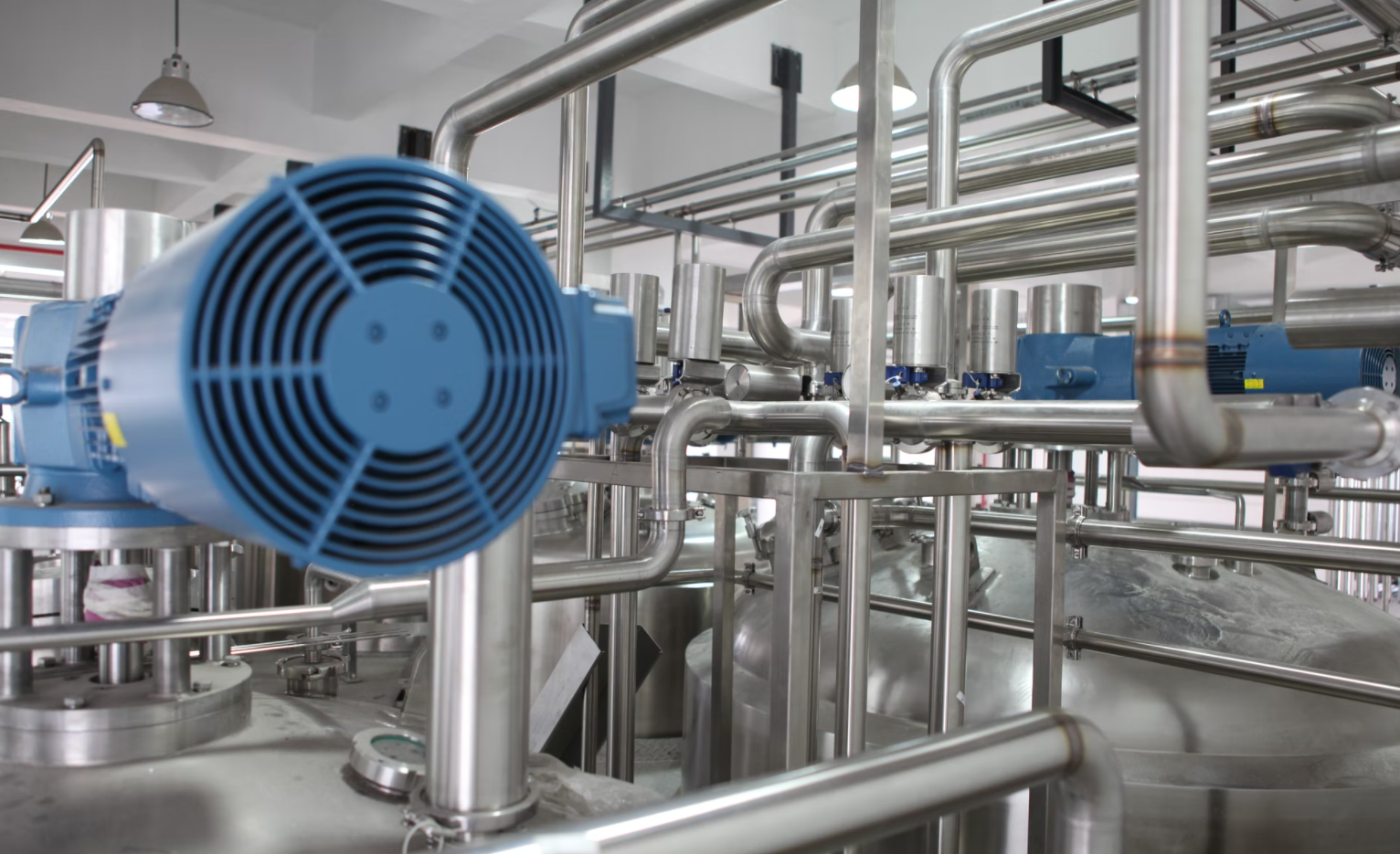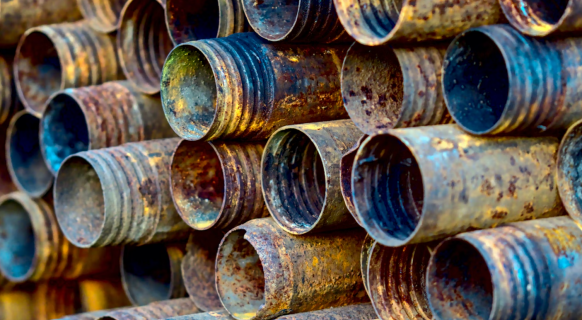Various types of civil engineering constructions and works require pipes, such as water supply distribution systems, heating and cooling systems, sanitary and plumbing systems, conveyance systems, etc. Tubes and pipes are vital for conveying chemical and natural substances from one place to another.
Maintenance of piping is a crucial aspect of ensuring smooth and efficient conveying in a number of industries. Furthermore, to ensure that substances are transferred and transported safely, whether they are used in construction or manufacturing. To prevent faulty or damaged piping, it is essential to observe proper maintenance.
Before building any manufacturing operation, many campaigns would consider the materials and function of the pipes. The pretension issue of piping, such as pitting corrosion, fouling, or leaking, can cost a lot of money in the long run. This article provides some maintenance tips for pipes.
Pipe types based on their function
It is critical that each company understands the differences between different types of pipes before moving on to the maintenance part. Since the piping material has an impact on the purpose of each pipe, each type of pipe is intended for a specific application. As well as the pipes’ cost-efficiency, versatility, environmental friendliness, and other features, there are also many other specs to consider.
PVC Pipes:
PVC pipe, one of the most popular pipes, is excellent for fluid transmission applications. Modifying them is easy in order to accommodate various types of pipe fittings that may be required. In addition to this, they are also lightweight, flexible, and versatile.
Carbon Steel Pipes:
Carbon steel is one of the strongest and most durable materials for pipes. High levels of carbon are characteristic of this type of pipe. This type of pipe is capable of withstanding extreme temperatures and pressures.
Cast Iron Pipes:
Cast iron pipes are probably one of the oldest kinds of pipes in existence. As a result of their durability and long shelf life, many centuries-old waterways and sewage drains still exist. These pipes are still in use in many countries today.
Galvanized Steel Pipes:
The galvanization process produces galvanized steel pipes which are used to reinforce steel pipes. It imparts anti-corrosion properties to the steel’s surface. As a result, the steel becomes more durable and lasts longer.
Steel pipes of today are not only highly durable but also temperature-resistant and chemical-resistant, making them ideal for handling a wide range of substances. Certain companies may also require specific material characteristics, such as hardenability. All in all, you will need the right tools and equipment, as well as a reliable maintenance procedure, to keep your steel pipes in top condition. Here is a guide to get you started:
Maintenance of each type of pipe
For metal pipes:
Copper, aluminum alloy, stainless steel or iron pipes are always more complicated and more expensive than PVC pipes. Leakage, cracking, or blocking of pipes are all significant problems. All of these problems can be caused by pitting (crevice corrosion), which is a significant problem across all industries.
Corrosion between two different metals is caused when they are electrolyzed by water. Most holes or dents in metal surfaces are caused by galvanic corrosion. Pitting occurs more quickly if you don’t maintain the quality of the water and the pipe regularly. When leaking or cracking occurs, the pitting condition is already severe, resulting in a high fixation or preparation cost. The issue can even damage equipment in some cases. The use of water treatment for corrosion prevention, which can form oxide films or magnetite to combat pitting problems, seems like the more eco-friendly option, while some businesses use steel brushes, solvents, emulsifiers, or acids to fix corrosion issues.
For PVC pipes:
The fiberglass resin tape can be used to slow the damage caused by a leaking PVC pipe. With fiberglass tape, the water-activated resin hardens around the pipe and slows leakage. Clean the damaged part of the pipe with a damp rag prior to applying the tape. Wrap the tape around the damaged area while it is still wet and let the resin harden for 15~20 minutes.
PVC pipes and their joints can be repaired with repair epoxy, a putty or liquid that seals joints and repairs leaks. If you want to use epoxy to repair your pipe or joint, you first need to clean and dry the affected area.
When a PVC pipe is too damaged to be repaired, the above-listed methods might not be sufficient. A new section of PVC pipe will have to be installed to replace the damaged section.
Conclusion
With the right pipes, you can enhance the efficiency of your operation. Maintaining your pipes in a smart manner can prevent a lot of unnecessary issues and costs. Research and discussions with the experts are necessary.


